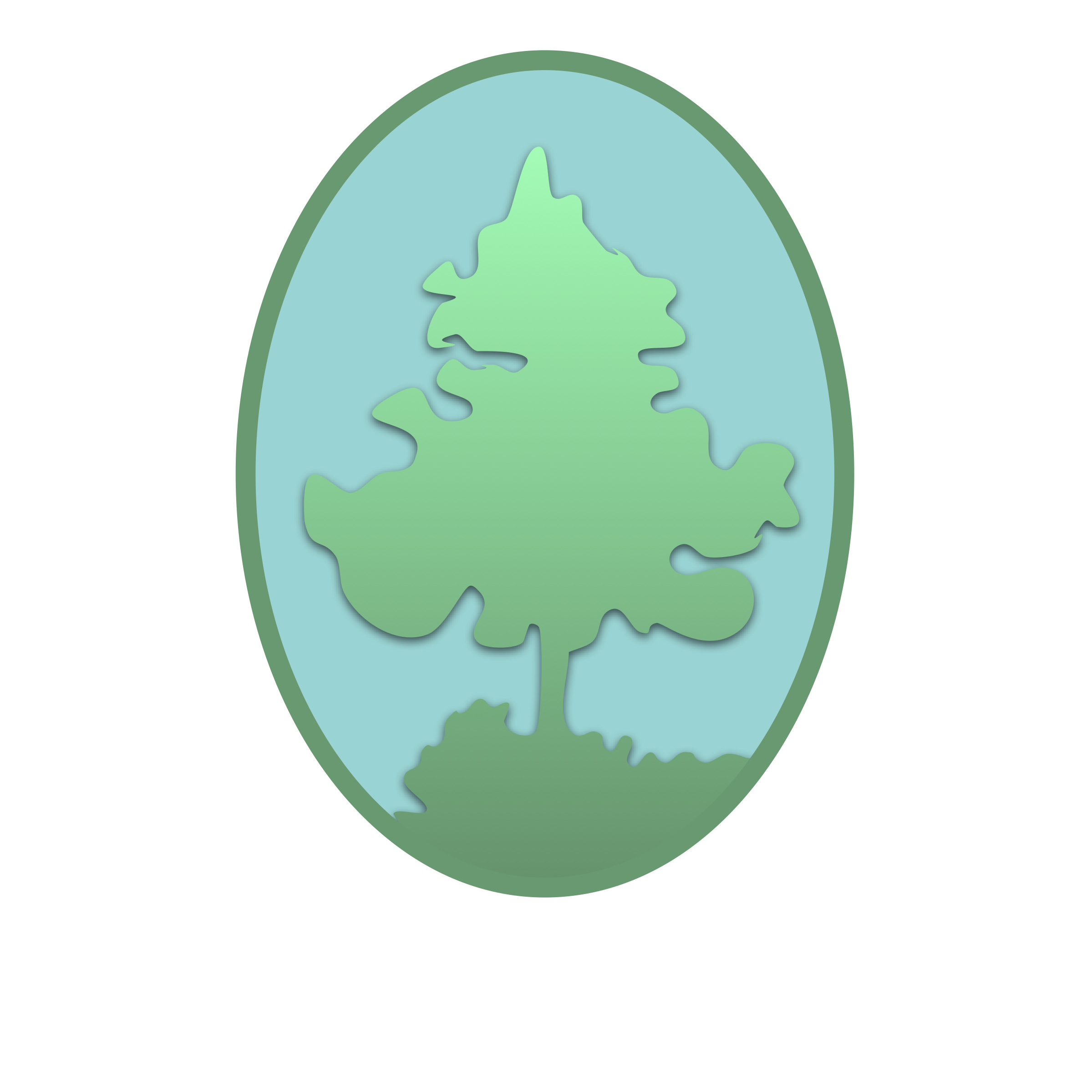West 11th Street Park Update
Submitted by Helen Shumway, Friends of West 11th Street Park President
Fall is finally HERE! Though the temperatures are cooling, you can still see some of the great hunters in the park – the spiders!
Spiders are an air-breathing group of animals called “arachnids” that have eight legs and jaws with fangs that are able to inject venom. Unlike insects, arachnids are creatures with two body segments, no wings or antennae and are not able to chew. They have no extensor muscles in their limbs and instead extend their limbs by hydraulic pressure.
All spiders are predators and many will eat other spiders. Most spiders that people encounter in daily life have jaws with fangs that point diagonally forward and cross in a pinching action. While the venom of a few species of spiders is dangerous to humans, scientists are now researching the use of spider venom in medicine and as non-polluting pesticides. Typically a spider will not aggressively attack a human. However, you might surprise one when disturbing leaf litter or by putting your hand in their hiding place, so be careful!
Photo credit: thebugmaster.com
Spiders are often classified by the number of eyes (eight or less) and eye arrangement. The eye arrangement gives clues to the spider's hunting styles. In general, web-building spiders have bad eyesight, while hunting spiders have good eyesight in order to see their prey during moonless nights.
Spiders use silk, a material made from proteins and spun through special organs inside their bodies, to create their webs and to travel. Some use the silk as an anchor for jumping, and others use it to float along in the wind. Spider silk is famous for its strength and durability and some types of silk can stretch up to five times their original length. The spider does not squirt out the silk but instead pulls the silk out using its legs or by anchoring it to a fixed object such as a twig.
A spider either ambushes, actively hunts, or uses a web to catch its prey. There is no consistent relationship between the classification of spiders and the types of web they build. Some species of spiders in the same genus may build very similar or significantly different webs.
How do you tell if a spider is a male or female? You look at the palps, the appendages near the mouthparts. The male has large palps with bulbous ends that look like boxing gloves. He uses these to deposit sperm into the female. In comparison, the female has long thin palps. Check out our website or facebook page for even more information on spiders.
A few quick housekeeping notes. First, I would like to thank those who help to keep our park trails clean. I know that this is a continuous effort from people walking on the trails and everyone appreciates it. Recently, several of the trumpet vines were cut at the base of trees. These beneficial vines have flowers that provide nectar for insects and birds, so please do not cut these vines. If you have a question about something in the park, contact the Friends of West 11th Street Park via the website, Facebook page or email and we will try to help. Finally, if you observe an incident or illegal activity in the park, please call the City of Houston Park Ranger Dispatch at 832-395-7100 in addition to local authorities.
I hope to see you in the Park soon.

